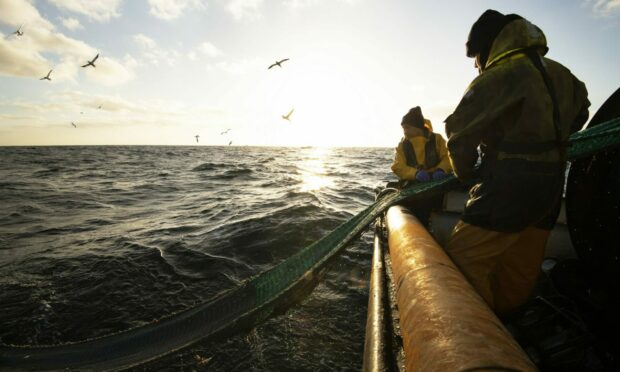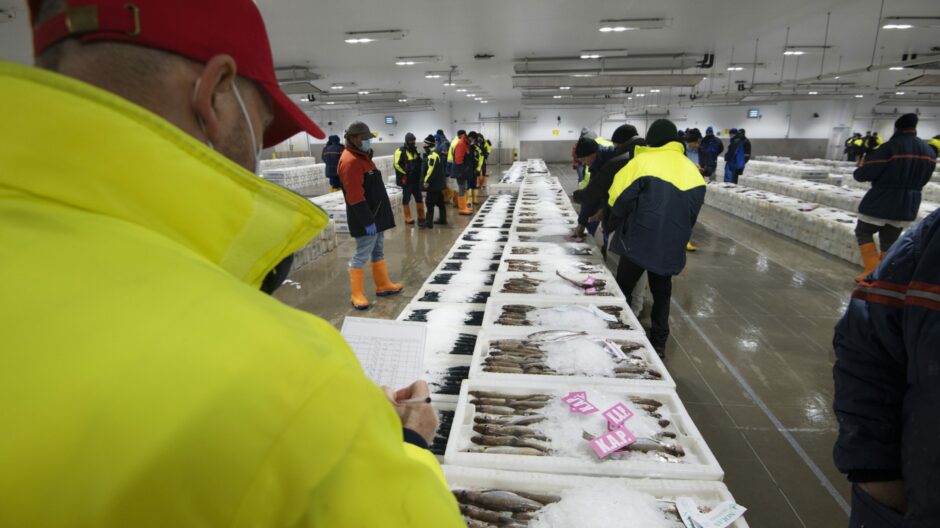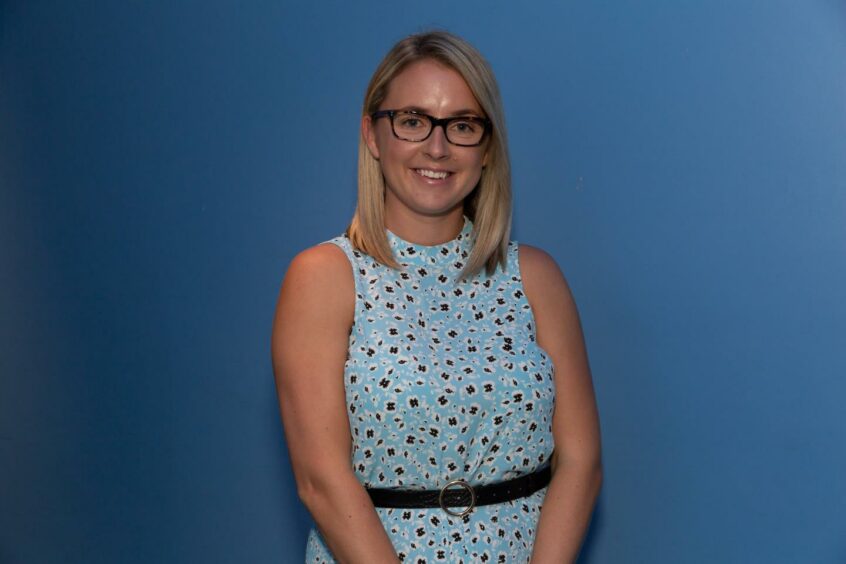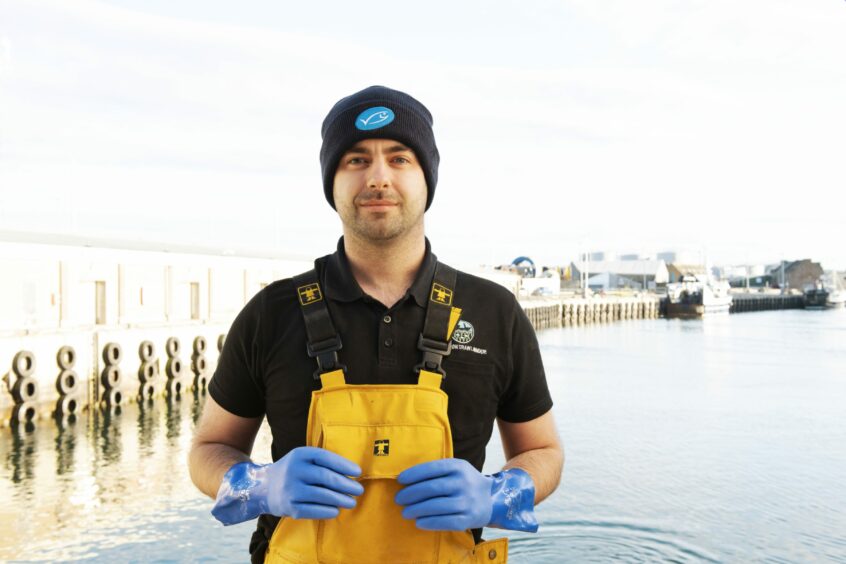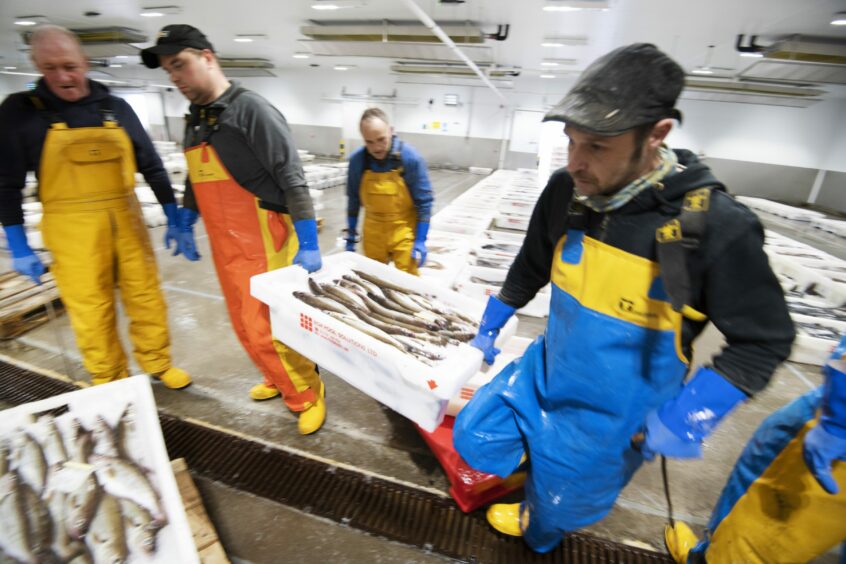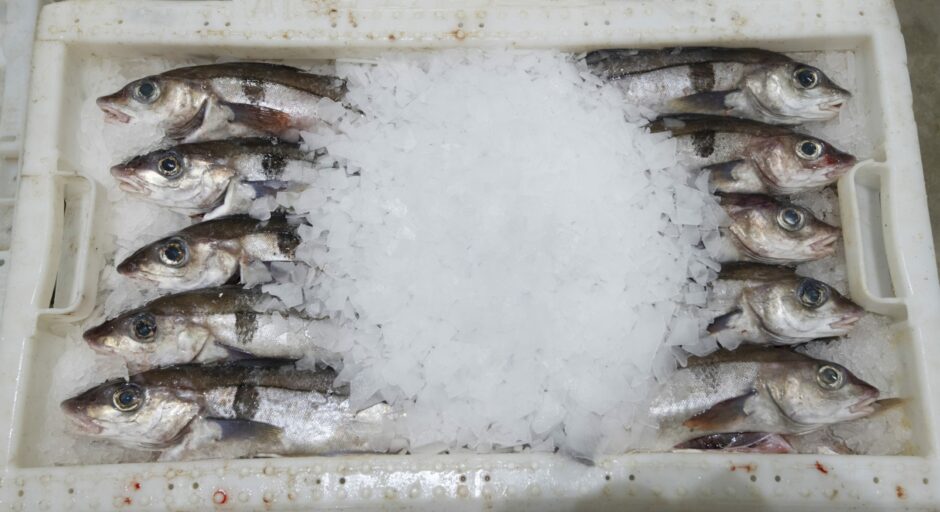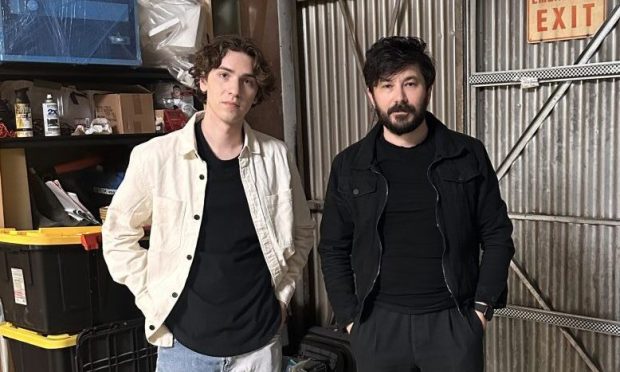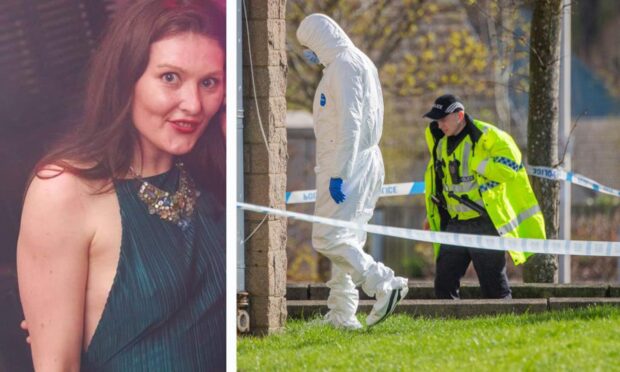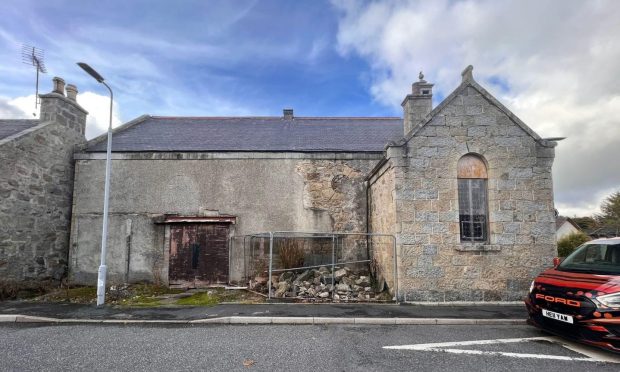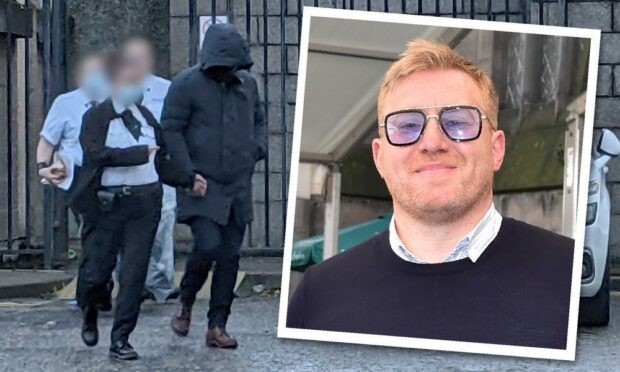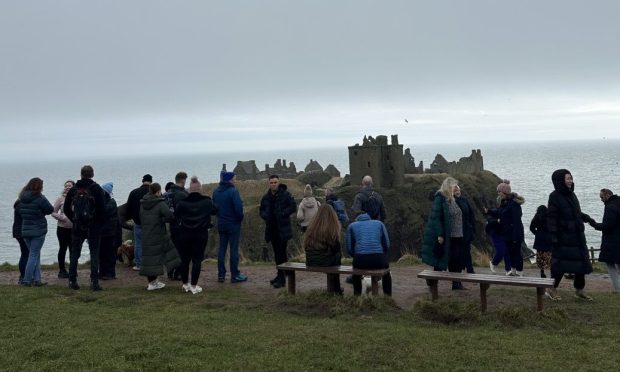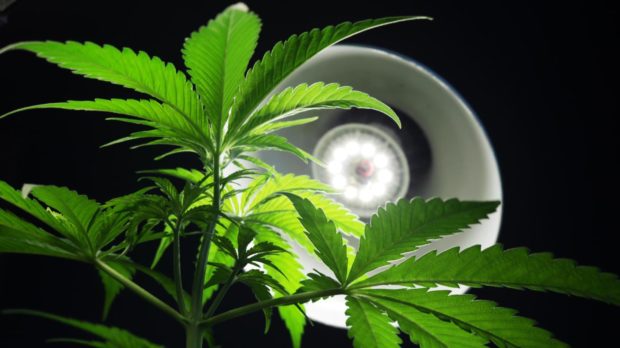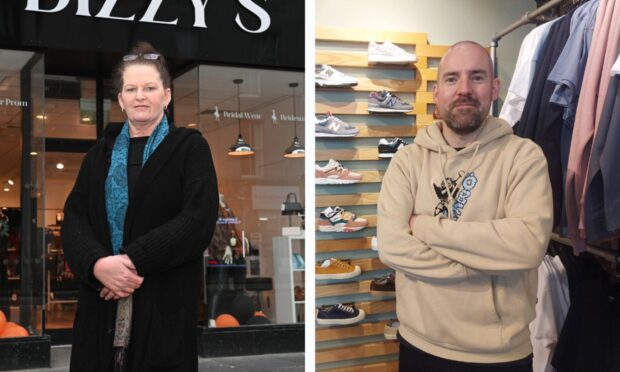Trawling, longlining, netting, dredging, farming – with thousands of species of seafood on offer and many ways they can be caught, it can be difficult to feel confident that what ends up on your plate has been sustainably sourced.
More importantly, do we even care?
Well, according to a recent worldwide survey, yes – we do care. GlobeScan has revealed that 6 in 10 seafood shoppers have already made changes to the way they buy seafood in order to protect fish in our oceans.
But exactly what is it we should be doing? And can endlessly eating fish really be sustainable?
What actually is ‘sustainable’ seafood?
Sustainable seafood means it has been caught in a way that leaves enough fish in the ocean, respects habitats and ensures people who depend on fishing can maintain their livelihoods.
“It’s all about safeguarding the oceans for future generations,” said Loren Hiller, the Marine Stewardship Council’s (MSC) commercial manager for UK and Ireland.
The MSC is widely considered to be the gold standard of seafood sustainability.
Its blue tick label is only applied to wild fish or seafood from fisheries that have been certified to the MSC Fisheries Standard, a set of requirements for sustainable fishing.
In order to be certified, fisheries must undergo a rigorous testing programme which can typically take up to two years and cost as much as £85,000.
“They are evaluated and audited by independent bodies who use science-based ways of assessing sustainability,” Loren said.
“It can be a real lengthy process because although the principles of sustainability are simple, there is a huge amount of work behind the scenes.”
All along the supply chain, MSC certified products are separated from non-certified. This is so they can always be traced to a certified sustainable source, right up until they are in your supermarket trolley.
Why do we need to choose sustainable fish?
Alongside global warming and climate change, overfishing is one of the biggest threats to our oceans today.
More than a third of fish stocks are estimated to be fished at unsustainable levels.
Loren explains that seafood is already among the most widely traded food commodities in the world and the demand for seafood is rising as the global population grows.
“People aren’t going to stop eating meat or fish overnight,” she said. “We need to have sustainable options available and to tell the story of why it’s important to protect these environments.”
The MSC has grown to represent more than 400 certified fisheries, which collectively land 17% of all global catch. In the last year, its labelled products were worth more than £10bn.
Fishing oot the Blue Toon
In Britain, 22 fisheries are now MSC certified. One of these is the haddock fishery at Peterhead.
Andrew Bremner, skipper of the Boy Andrew, says that for the past two years, the fishery has seen the biggest numbers of juvenile fish for 40 years.
“They are not at the size to be marketable, but they have spawned a lot and reproduced a lot these past few years,” he said. The fishermen use bigger mesh nets so these juveniles escape and in a couple of years, they will reap the rewards as these young fish grow to maturity.
“You have to make sure you are guaranteeing a future in the job,” Andrew said. “I’m 29 and I want to be doing this for another 30 or 40 years. It’s in my interest to fish within sustainable levels.
“This has to do with the science. With haddock, you are only taking out a safe level. You are not scratching the surface of what is there.”
Andrew adds that the MSC label shows the consumer “it is a sustainable and safe product to eat and you are not harming the stock.”
“It gives them confidence when they buy.”
Can we trust this blue tick?
The MSC runs the only seafood labelling program that meets best practice requirements set by both the United Nations’ Food and Agriculture Organization and ISEAL, the global membership association for sustainability standards.
The MSC is also the only global seafood certification program to be recognised as credible by the Global Sustainable Seafood Initiative.
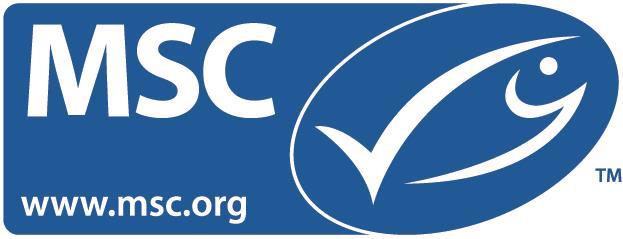
However, the organisation hit the headlines in March when a controversial Netflix documentary called Seaspiracy accused it of certifying fisheries with a high level of “bycatch” – whereby species such as dolphins and turtles are caught in fishing nets – and said its certification was too easily achieved.
The MSC denied the allegations and, alongside several other organisations, accused the film-makers of making “misleading” claims.
“We were very disappointed with the Seaspiricy documentary,” said Loren, “it raised a huge range of important issues from slavery to overfishing, but the makers of the documentary don’t agree with the eating of seafood full stop. So therefore they were never going to give MSC products a fair chance.
“Fish stocks can – and do – replenish, and MSC is entirely transparent about the process of certification.
She explains that the MSC receives no income from the assessment or certification of a fishery.
“So while we disagree with a lot of what the documentary said, we do agree that fish stocks need protected.
“That is what we are aiming for by creating sustainable, well-managed fisheries.”
What can I do to end overfishing?
Loren advises to look and ask for MSC certified, sustainably sourced seafood when you visit the fishmonger or supermarket, or when you eat at a restaurant.
The more public pressure there is for sustainable seafood products, the faster that unsustainable fishing practices will be eliminated, she says.
“We have been seeing consumers making a bigger effort to purchase MSC certified seafood in recent years,” she said.
“As that increases, supermarkets and restaurants will want to stock it and in turn, more fisheries will volunteer to be certified.”
This keeps fishing communities like Peterhead not just ticking over, but continuing to follow best practice for the health of our seas.
Andrew believes that “Scottish haddock has got a big future,” but it’s up to us to make it happen.
